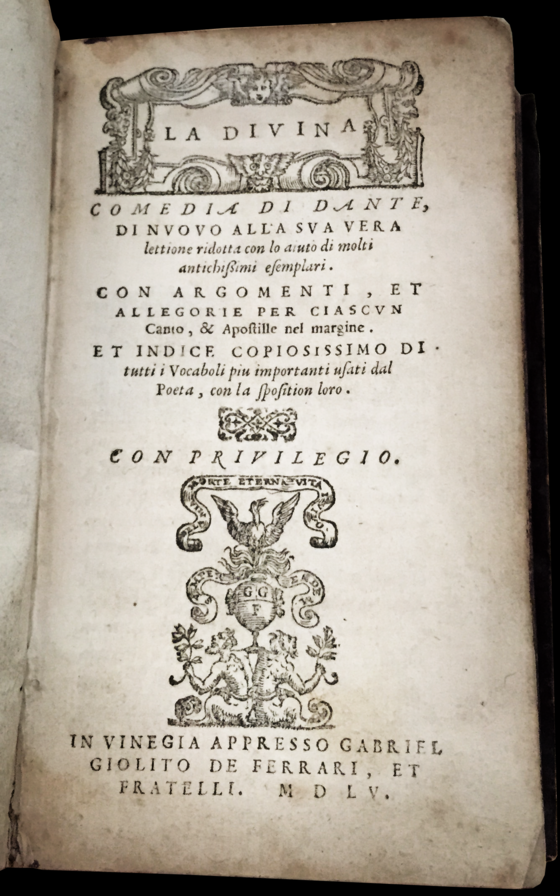Dante peregrino
Idrografia e nomi delle acque nella Divina Commedia
DOI:
https://doi.org/10.15460/apropos.8.1925Keywords:
Devine Comedy, Italian rivers, river of hell, river of purgatoryAbstract
The Divine Comedy mentions a great number of Italian geographical names, including many rivers. Dante also adds to the existing rivers many other imaginary waters, which are part of Hell and Purgatory. This article analyzes the role of the numerous geographic and fluvial names and descriptions included in Dante’s poem. Ultimately, rivers can be defined as one of the success factors of the Divine Comedy in Italy, because the poetry reminds the Italian readers of their country, their history, and their past, whereas the country continually reminds the readers of many beloved lines all along the poem.

Downloads
Published
How to Cite
Issue
Section
URN
License
Copyright (c) 2022 Grazia Dolores Folliero-Metz

This work is licensed under a Creative Commons Attribution 4.0 International License.

 Follow us on Twitter
Follow us on Twitter.png)






